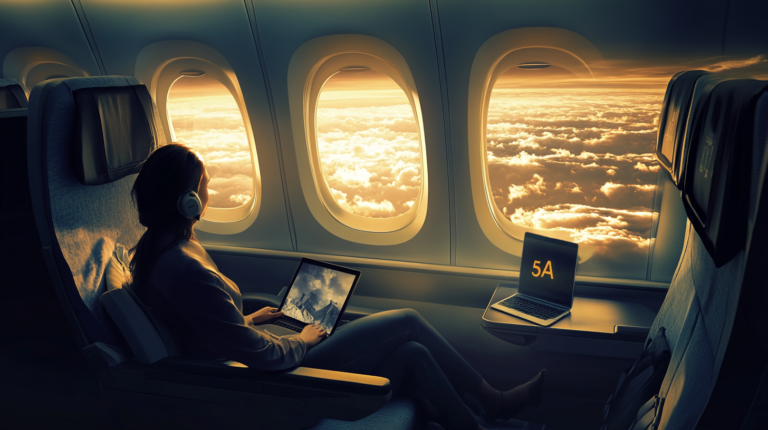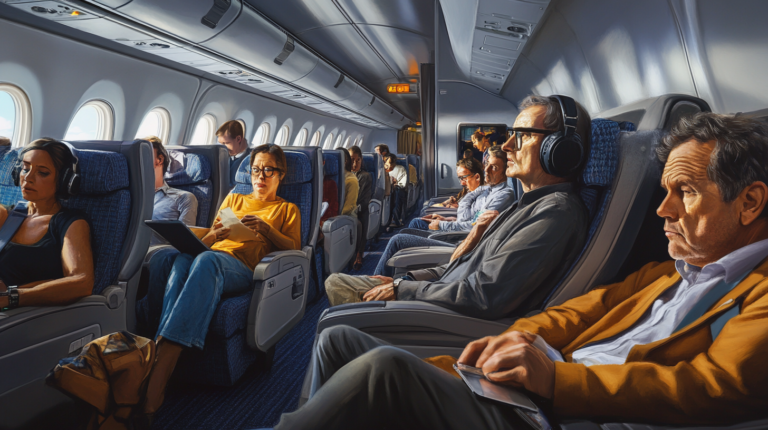The Psychology of Air Travel Anxiety – Tips to Cope
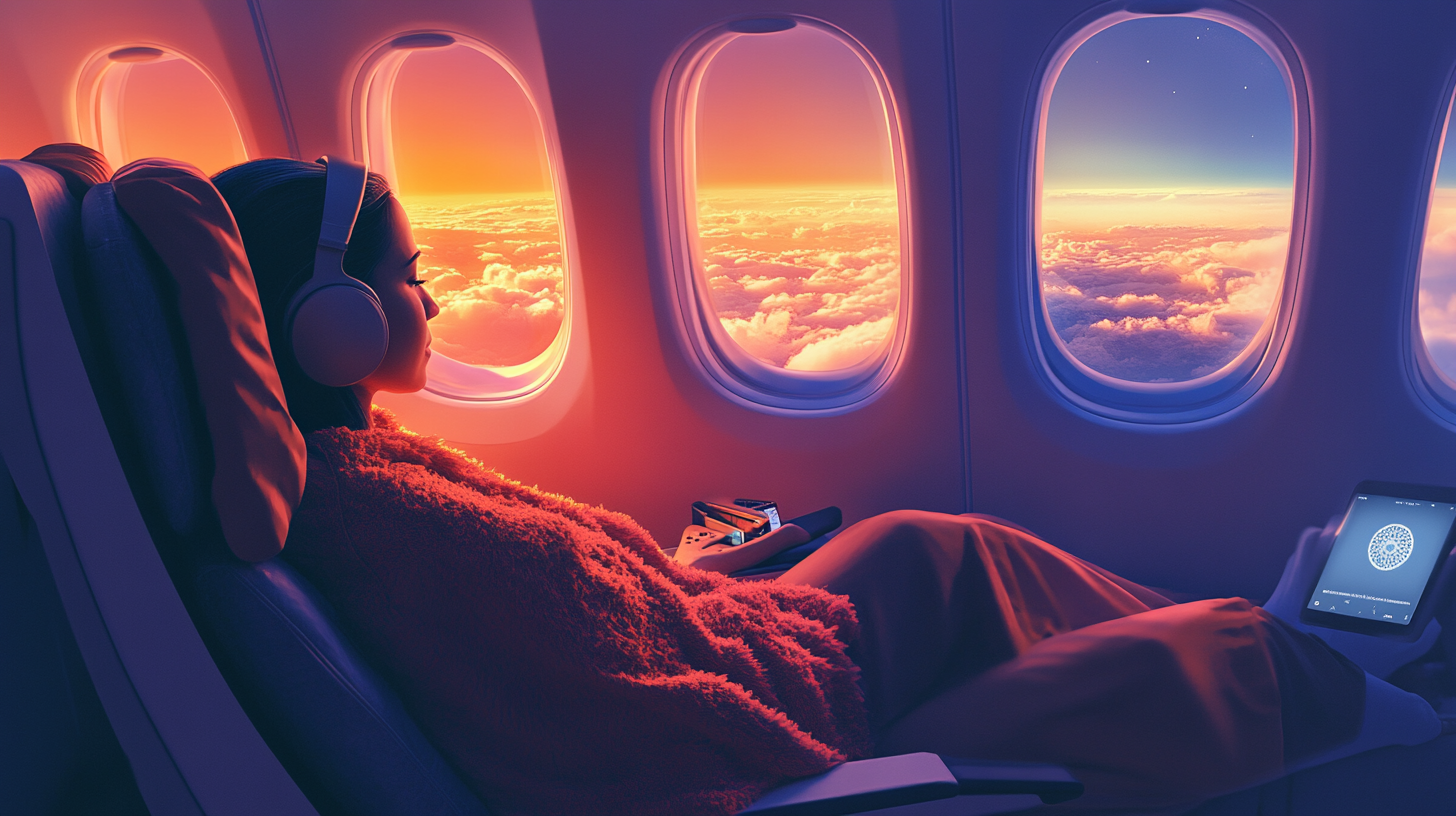
For many, the excitement of reaching a new destination is overshadowed by the dread of air travel. Flight anxiety, or aviophobia, affects a significant portion of the population, with studies indicating that about one in three people experiences some form of fear related to flying. The mere thought of boarding an aircraft can evoke a whirlwind of emotions, from slight unease to overwhelming panic. Understanding the roots of this anxiety and exploring effective coping strategies can transform the way individuals perceive and experience air travel, turning a source of fear into an avenue for growth and adventure.
Understanding Air Travel Anxiety
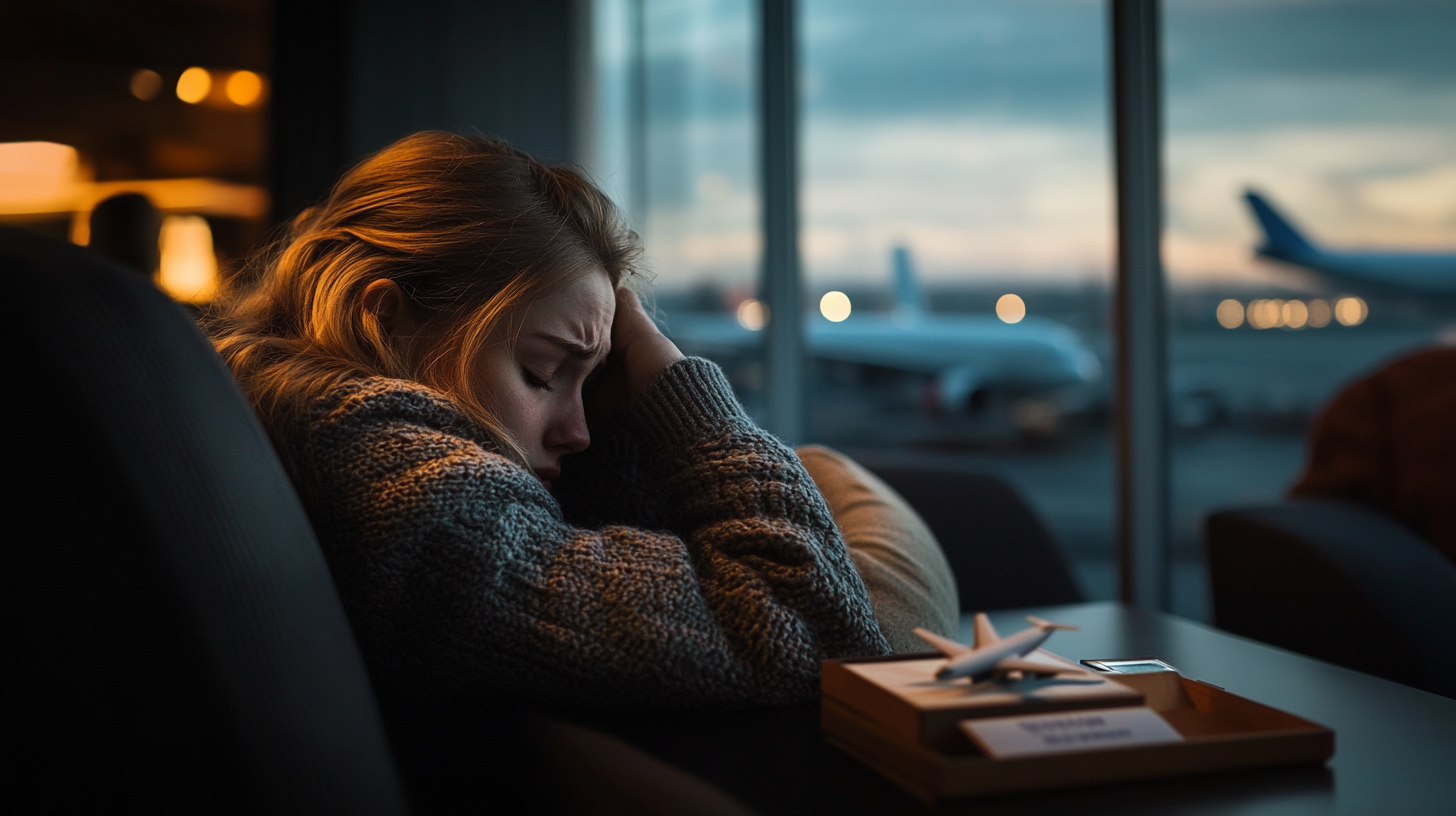
Flight anxiety ranges from mild discomfort to severe panic attacks, impacting not only the journey but also one’s willingness to travel. The causes of this fear are multifaceted and deeply personal:
- Past Traumatic Experiences: Previous negative incidents related to flying, such as experiencing severe turbulence or a rough landing, can intensify fear. These memories can become deeply ingrained, leading to heightened anxiety during future flights.
- Lack of Control: Being unable to influence the flight’s outcome can trigger anxiety. Unlike driving a car, passengers have no control over the aircraft, which can be unsettling for those who prefer to be in charge.
- Fear of Heights or Turbulence: Common phobias such as acrophobia (fear of heights) can contribute to discomfort during flights. Turbulence, though normal and usually harmless, can feel threatening to anxious flyers.
- Breaking Routines: Travel often disrupts daily habits and comforts, leading to unease. The unfamiliar environment of an airplane cabin can exacerbate feelings of anxiety.
- Uncertainty: Not knowing what to expect can amplify anxious feelings. Questions about flight safety, weather conditions, or unfamiliar sensations during takeoff and landing can fuel worry.
- Loss of Control: An evolutionary response where relinquishing control heightens anxiety. This can be particularly challenging for individuals who are used to managing their environments closely.
Symptoms and Manifestations
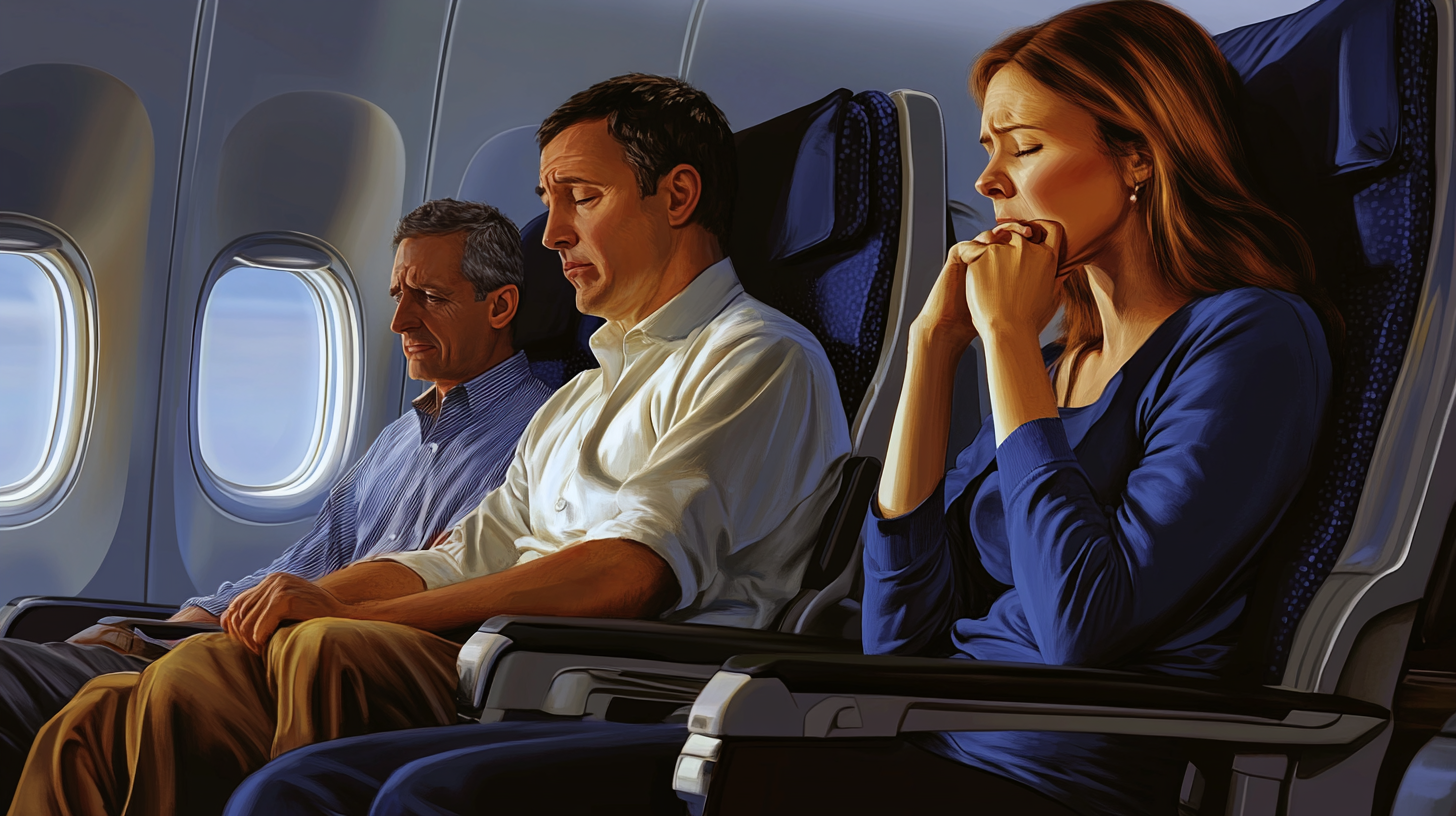
Recognizing the symptoms of flight anxiety is a crucial step toward managing it. Common physical and psychological signs include:
- Increased heart rate and palpitations
- Panic attacks featuring intense fear and physical discomfort
- Headaches, sweating, or trembling
- Anticipatory anxiety in the days or weeks leading up to the flight
- Catastrophic thoughts, rumination, and difficulty concentrating
- Nausea or gastrointestinal disturbances
- Shortness of breath or feelings of suffocation
The Psychology Behind the Fear

Flight anxiety is deeply rooted in psychological processes. Research suggests that evolutionary factors play a role, with loss of control being a significant anxiety trigger. Our ancestors relied on control over their environment for survival, and being in a situation where control is relinquished can ignite primal fears. Additionally, cognitive distortions, such as overestimating the danger of flying or fixating on worst-case scenarios, exacerbate the fear. The mind may magnify unlikely events, like a plane crash, despite statistics showing that air travel is one of the safest modes of transportation.
Understanding personal triggers is essential, as it allows individuals to address the specific thoughts and situations that heighten their anxiety. For some, the enclosed space of an airplane cabin may evoke claustrophobia, while for others, the unfamiliar sounds and sensations during a flight can be unsettling. Recognizing these triggers can empower individuals to take proactive steps in managing their reactions.
Effective Strategies to Cope with Flight Anxiety
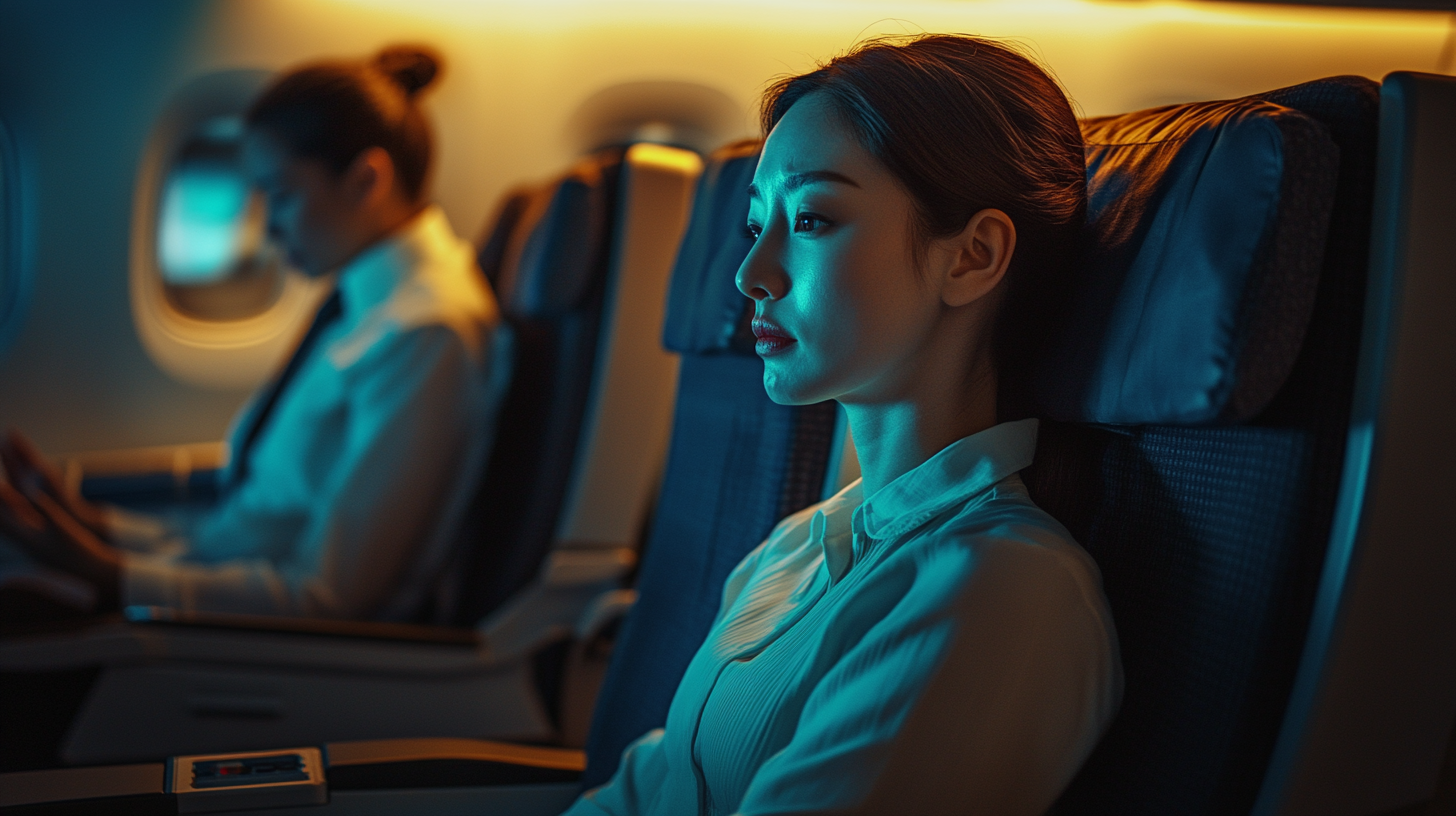
Managing air travel anxiety involves a combination of self-help techniques and professional interventions. Here are evidence-based strategies to consider:
Acceptance and Mindfulness
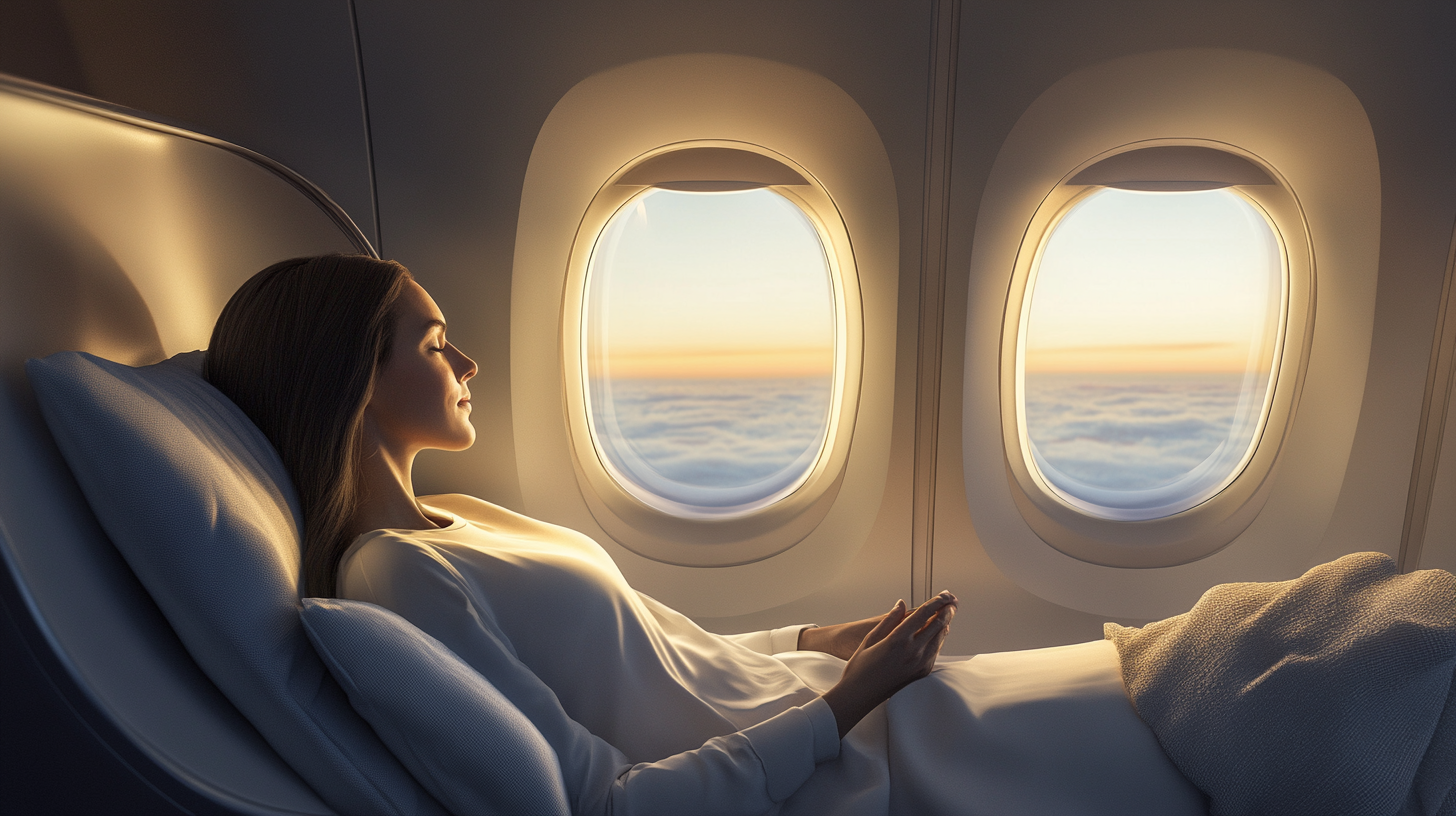
Embracing acceptance helps reduce resistance to anxious feelings. Acknowledging inconveniences like delays or cramped spaces allows for a more mindful approach to stress management. Practicing mindfulness involves staying grounded in the present moment, observing thoughts and sensations without judgment. This can reduce the intensity of anxiety by preventing the mind from spiraling into catastrophic thinking.
Breathing Exercises
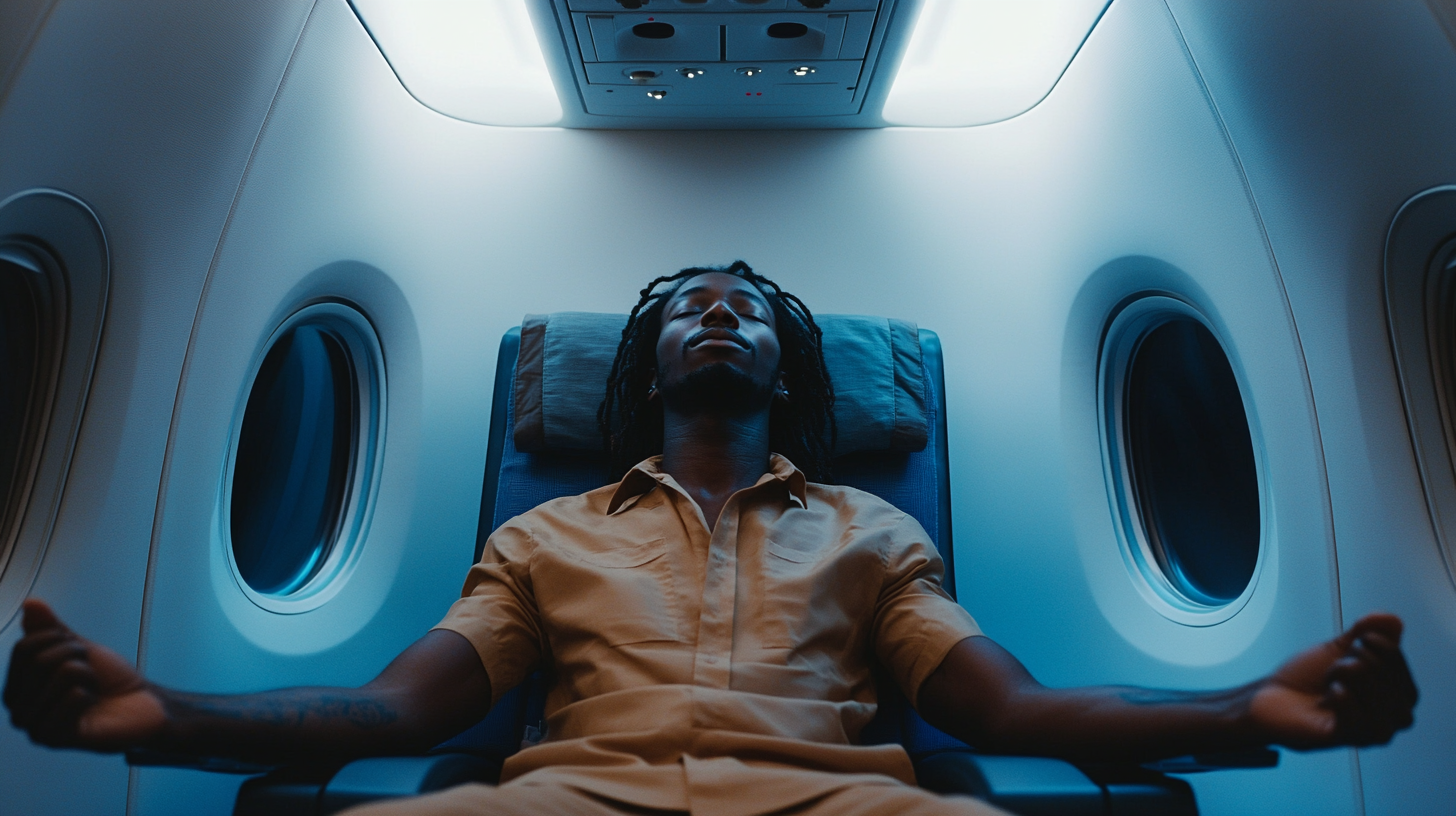
Practicing controlled breathing techniques can alleviate physical symptoms of anxiety. Methods such as box breathing—inhaling for four counts, holding for four, exhaling for four, and holding again for four—and diaphragmatic breathing help regulate the nervous system. Deep breathing stimulates the body’s relaxation response, lowering heart rate and promoting a sense of calm.
Progressive Muscle Relaxation
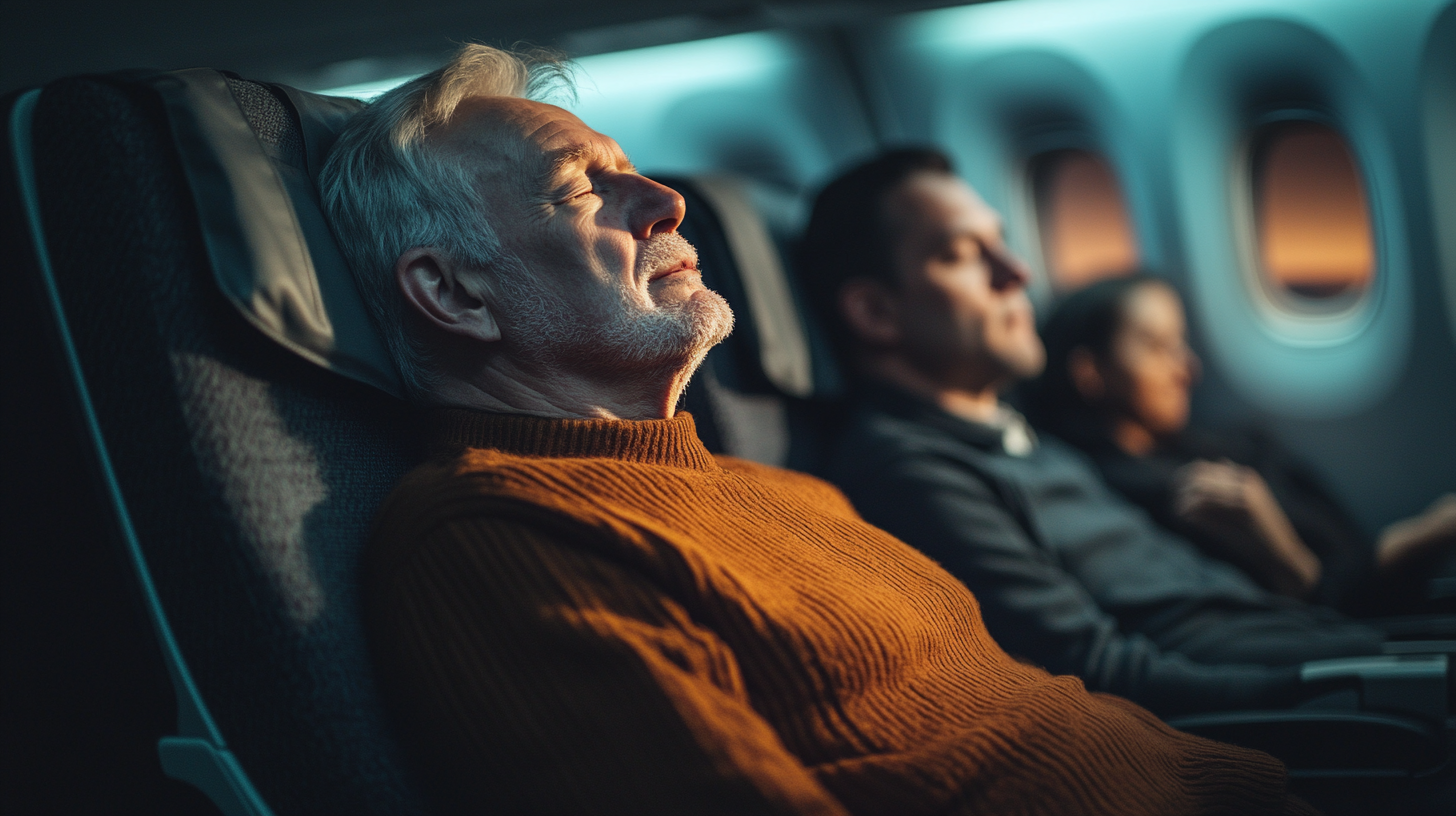
This technique involves tensing and relaxing different muscle groups to reduce physical tension associated with anxiety. Starting from the toes and moving up to the head, systematically relaxing muscles can release tension and distract from anxious thoughts. Guided Practices for Muscle Relaxation During Flights
Cognitive-Behavioral Techniques
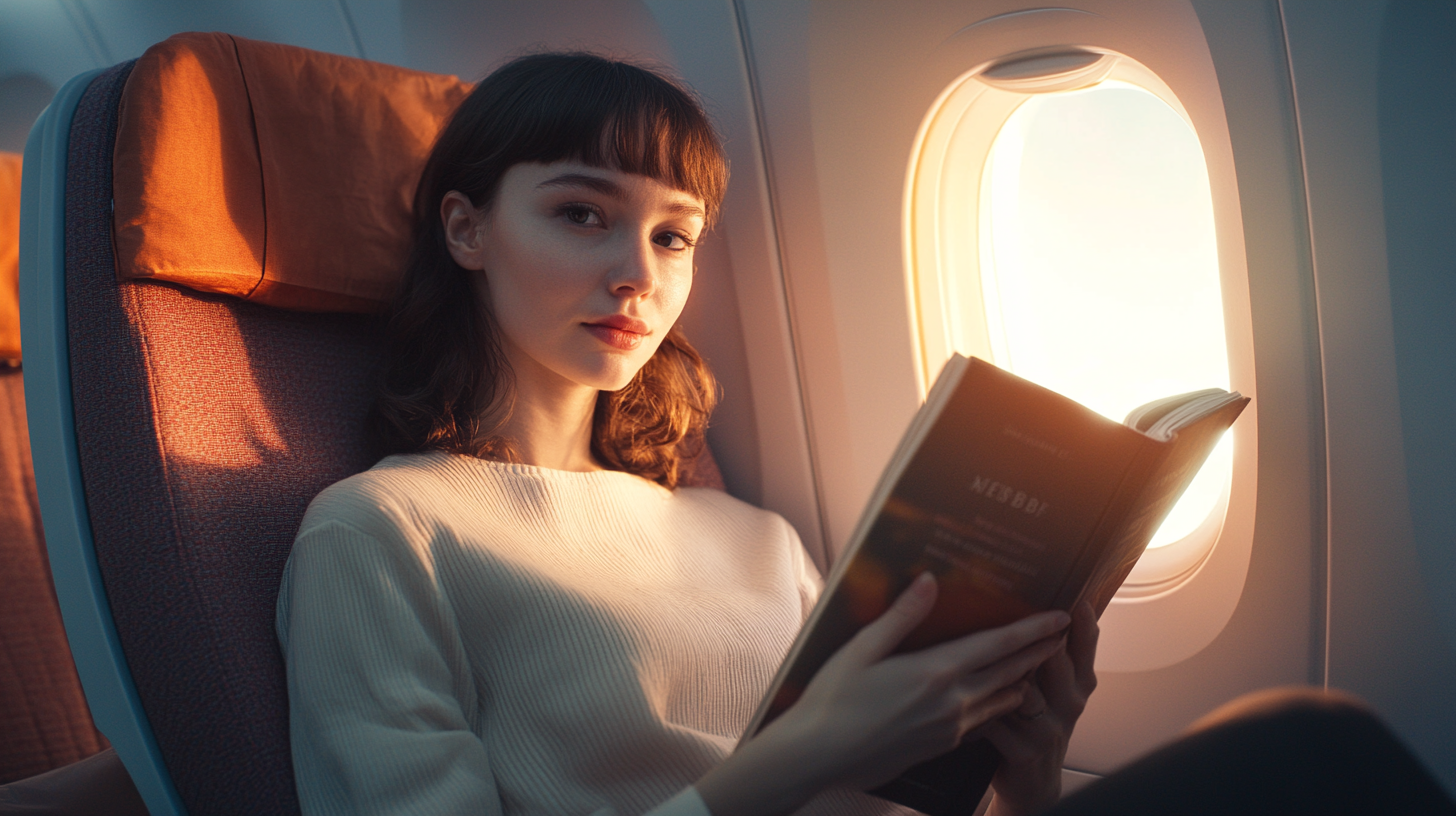
Challenging and reframing negative thoughts can diminish their impact. Cognitive-Behavioral Therapy (CBT) strategies encourage individuals to question irrational beliefs about flying. For example, reminding oneself of the statistical safety of air travel can counteract fear-driven assumptions. Recognizing that anticipatory anxiety is often worse than the actual flight experience is a key aspect of this approach.
Visualization and Guided Meditation
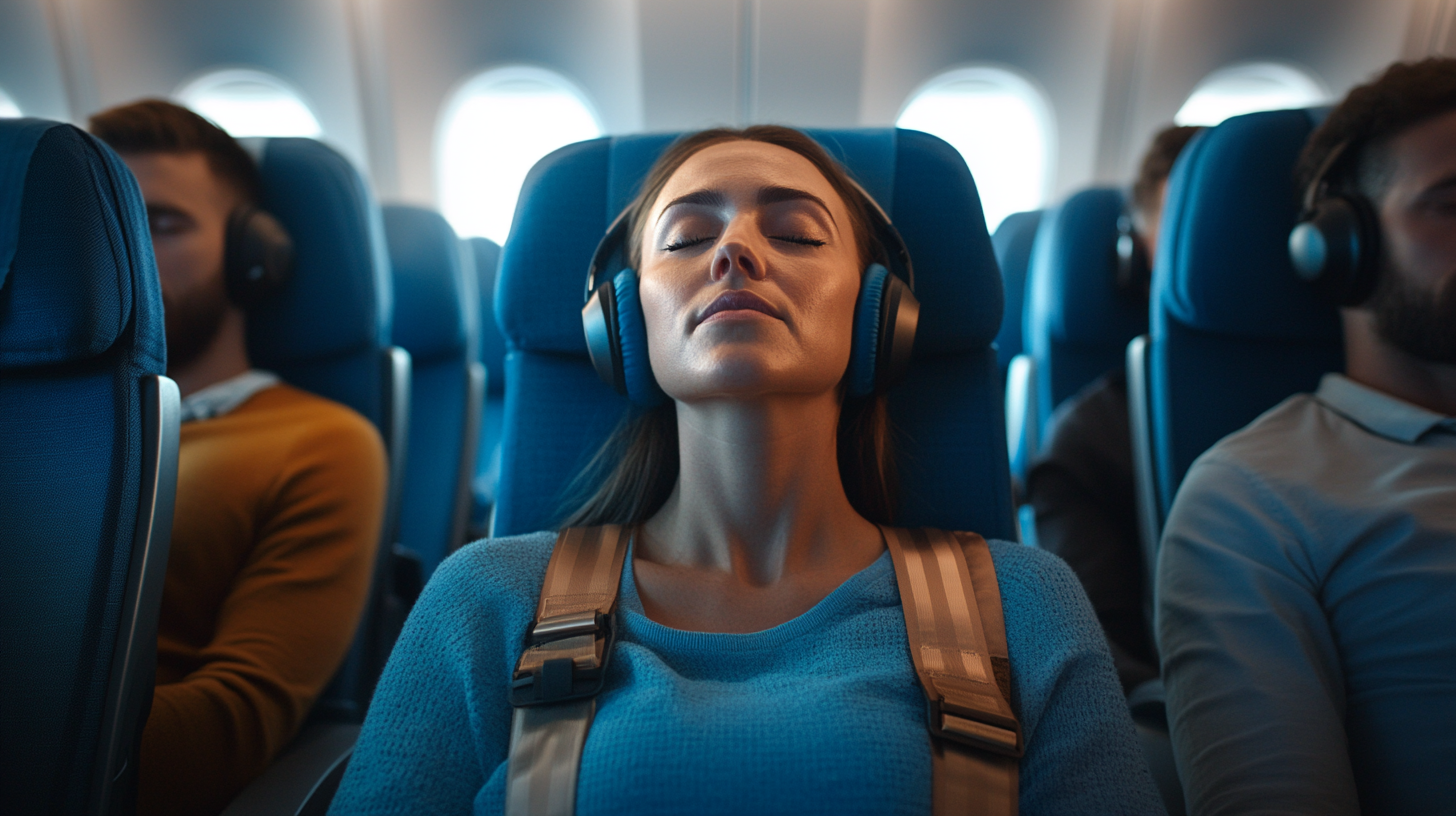
Using apps like the Calm app for in-flight guided meditations can provide immediate relief and distraction from anxious thoughts. Visualizing a peaceful scene or a positive flight experience can shift focus away from fear. Meditation Apps Tailored for Anxious Travelers
Education on Flight Mechanics and Safety
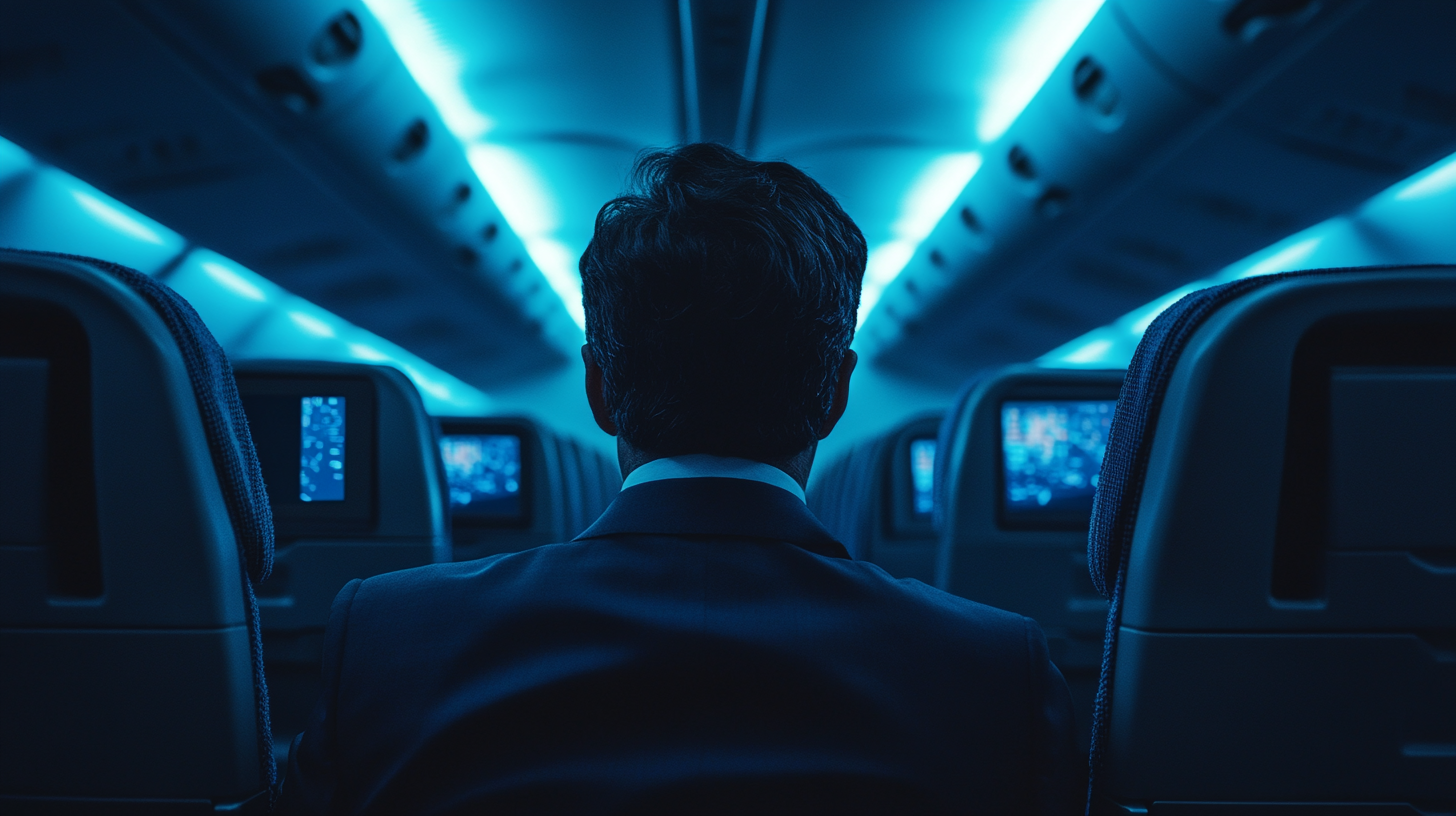
Gaining knowledge about how airplanes work and understanding the safety measures in place can limit catastrophic thinking. Learning about the rigorous training pilots undergo, the comprehensive maintenance of aircraft, and the reasons behind common flight sensations can demystify the experience. Experts compare turbulence to movements experienced on a boat, emphasizing that it’s a normal part of flying and not a sign of danger. Expert Explanations on Flight Safety and Turbulence
Distraction Techniques
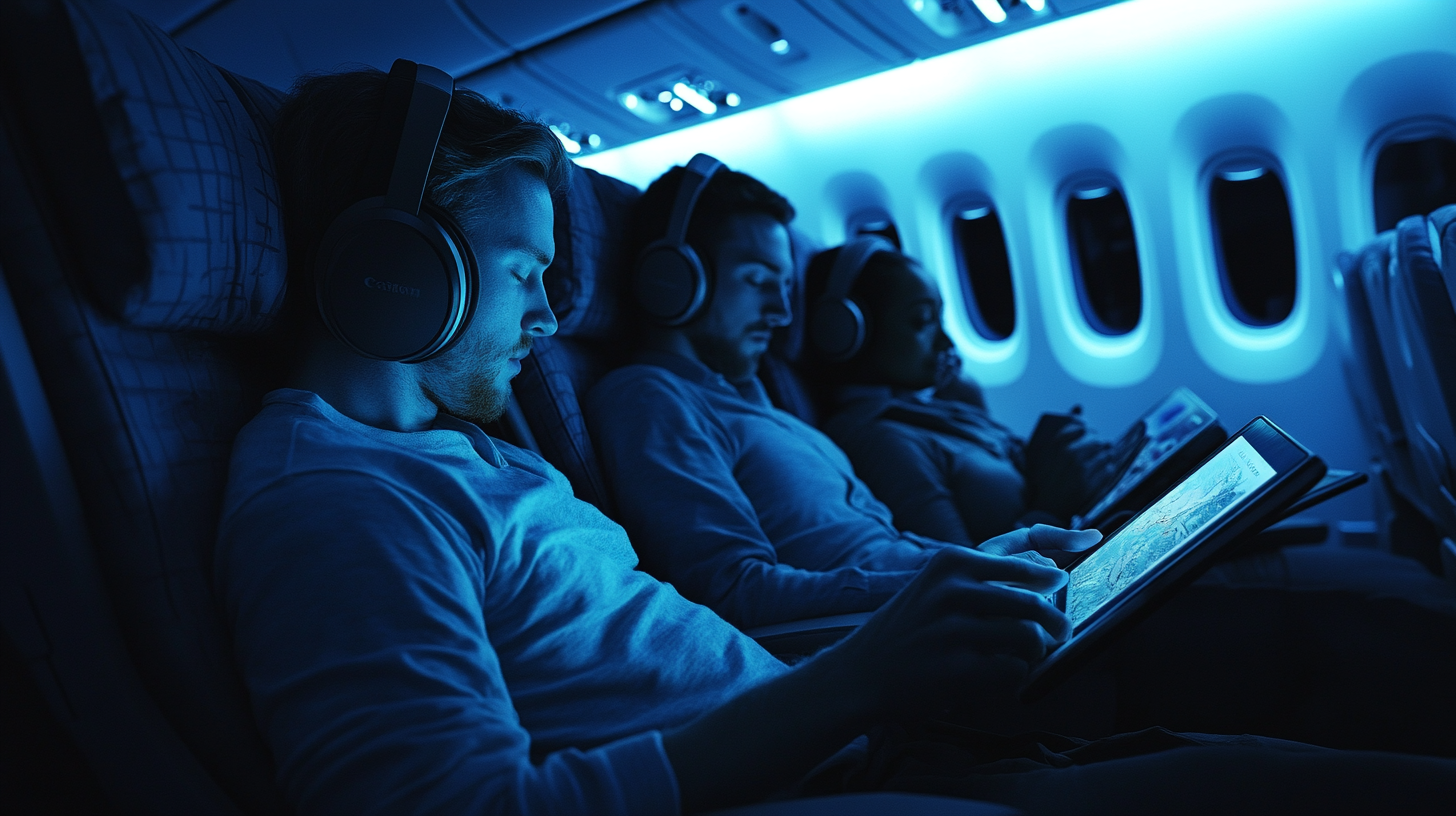
Engaging in enjoyable activities such as reading, listening to music, or watching movies can shift focus away from anxiety. Bringing along a favorite book or downloading a playlist of soothing music can provide comfort. Some find that engaging in puzzles or games can occupy the mind effectively.
Communicate Your Needs
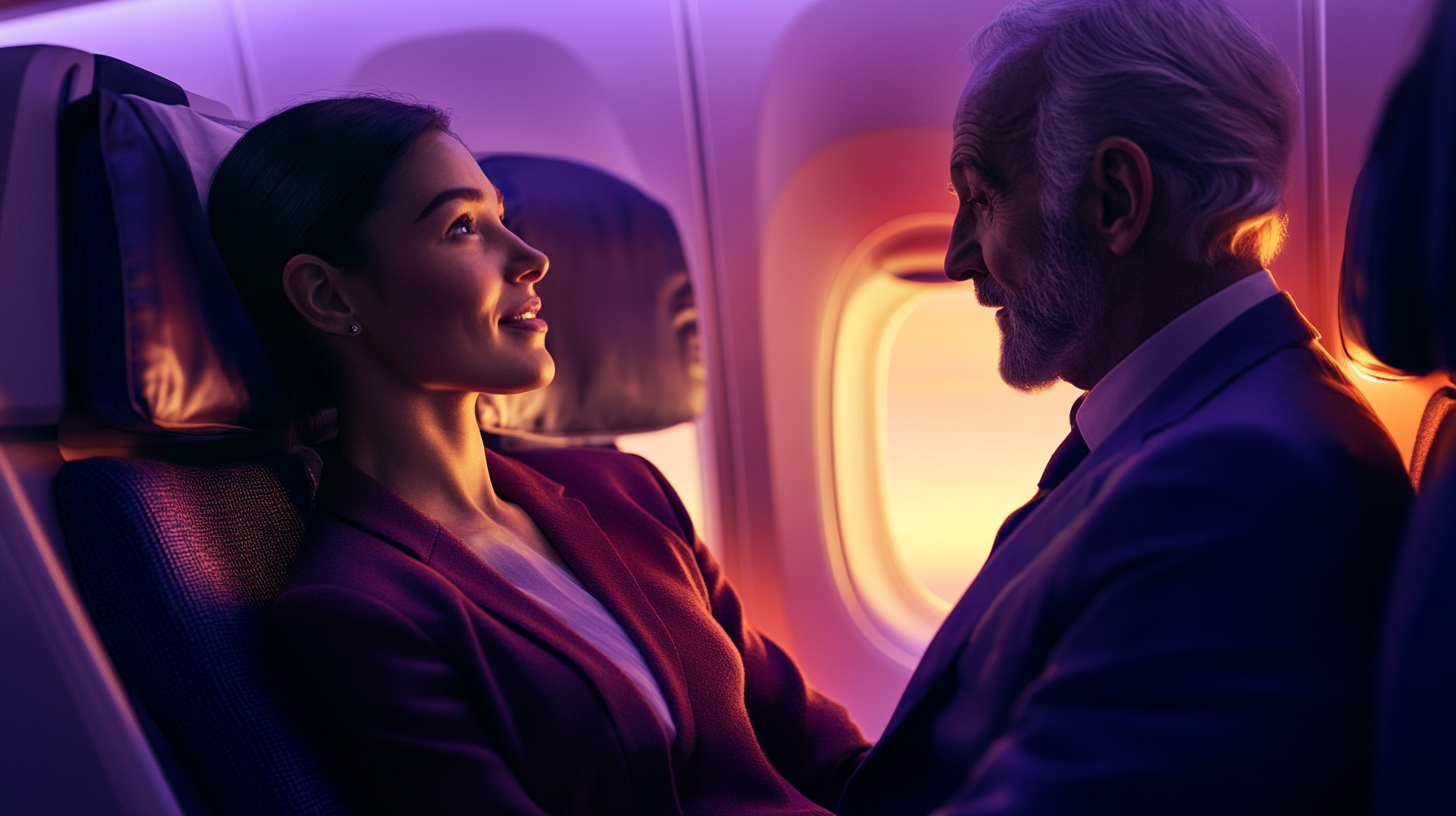
Informing flight attendants or fellow passengers about your anxiety can provide additional support during the flight. Flight attendants are trained to assist nervous flyers and can offer reassurance or check in periodically. Sometimes, simply knowing that someone is aware of your feelings can alleviate stress.
Professional Help and Therapeutic Approaches
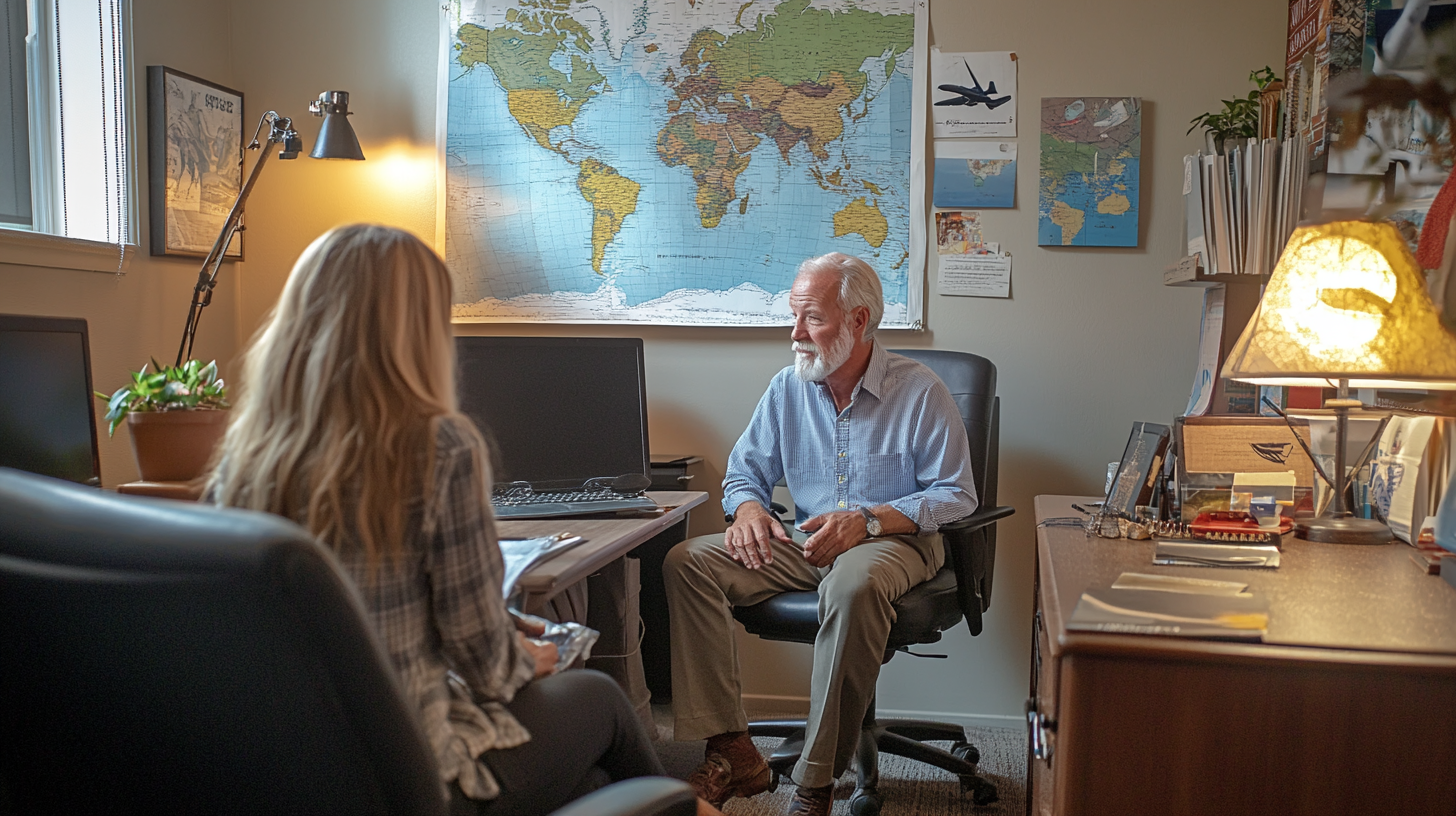
For those with severe flight anxiety, professional interventions may be necessary:
Cognitive-Behavioral Therapy (CBT)
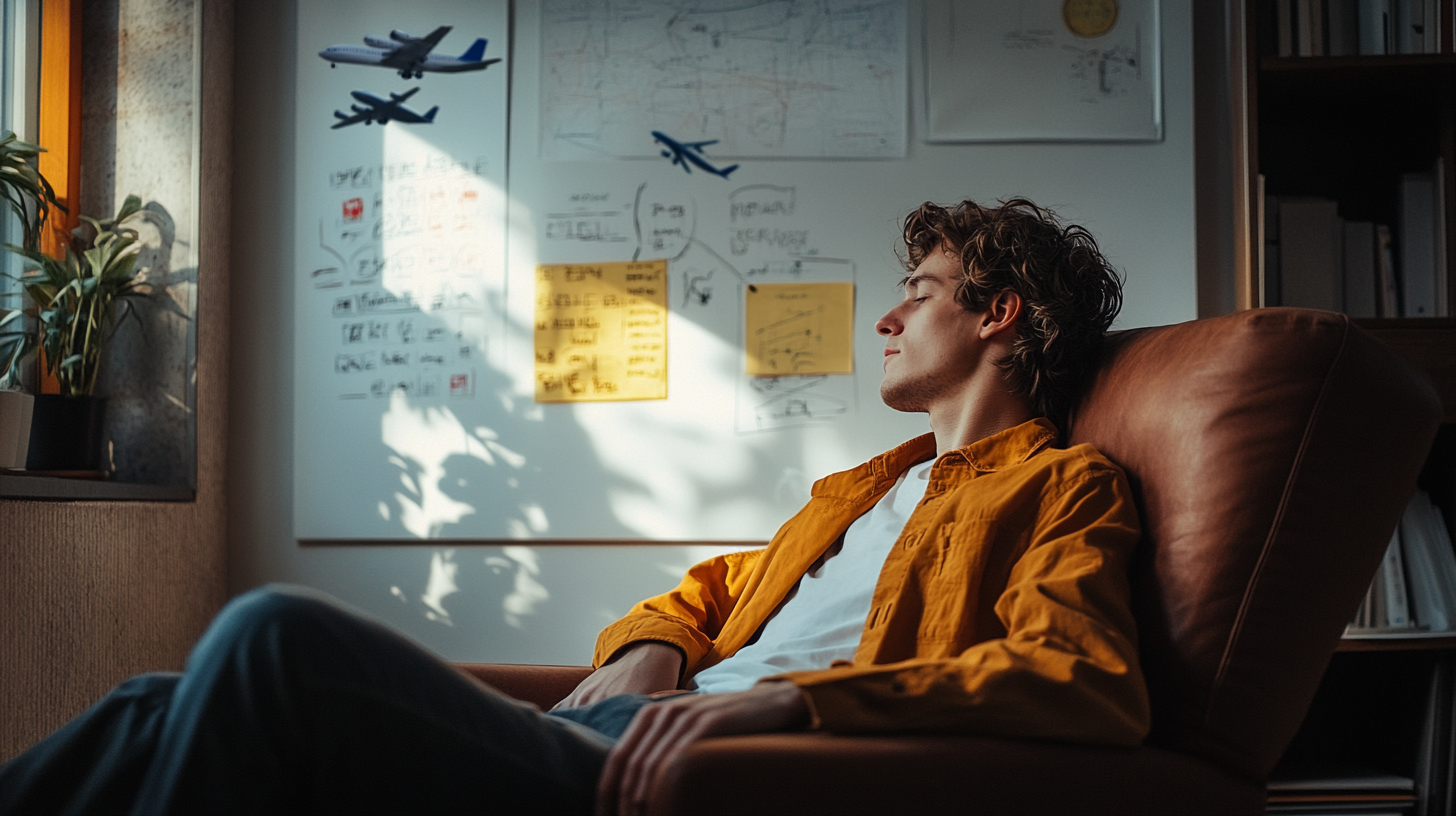
CBT helps individuals identify and change negative thought patterns, reducing the intensity of anxiety responses. Therapists work with clients to develop coping strategies and challenge irrational fears. This evidence-based approach has been effective in treating various anxiety disorders, including flight anxiety. Finding a Therapist Specializing in Travel Anxiety
Exposure Therapy
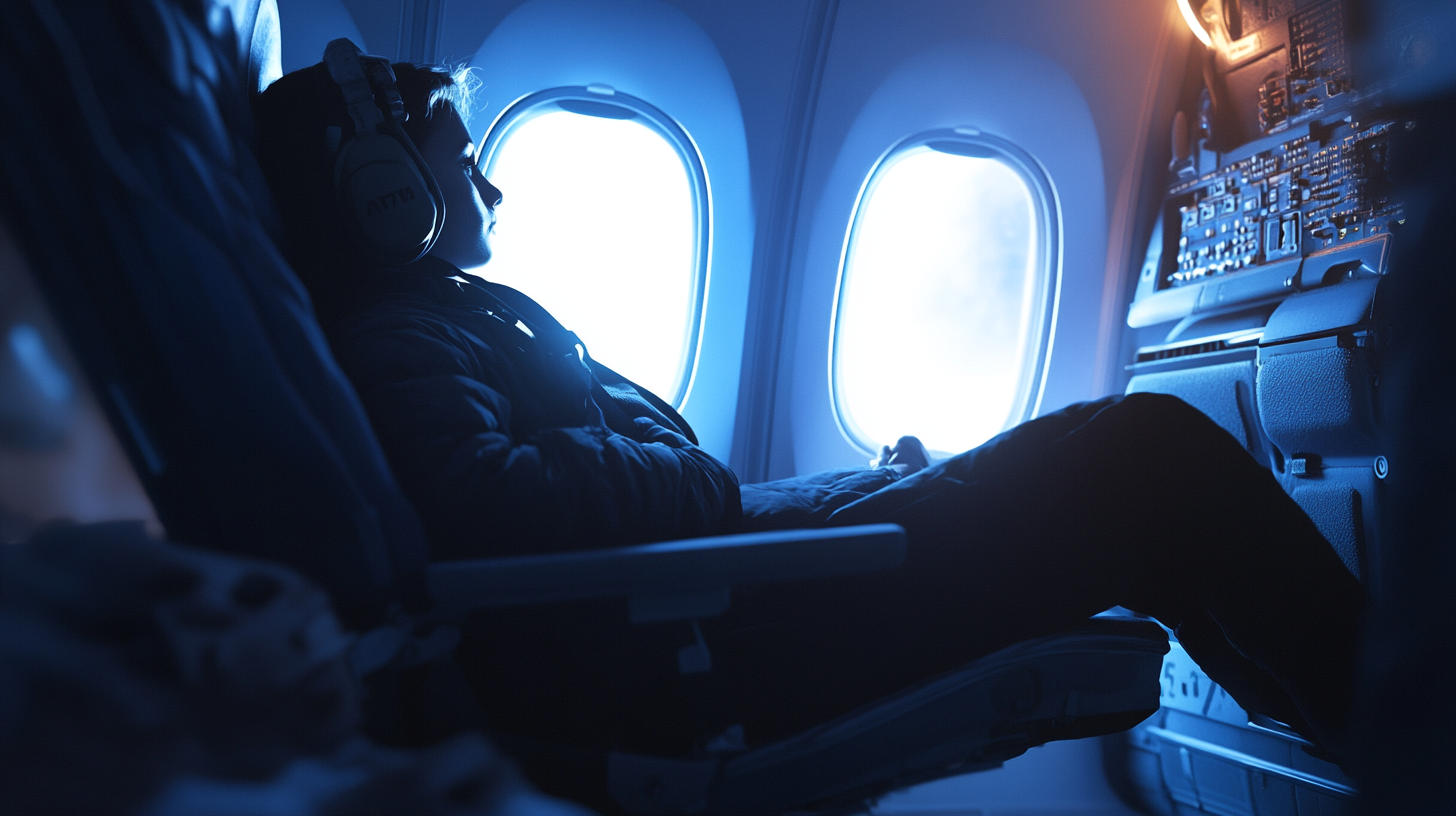
Gradual exposure to flying-related stimuli can desensitize individuals to their fears over time. This may involve visiting an airport without flying, using flight simulators, or participating in virtual reality programs that mimic the experience of flying. The goal is to build tolerance and reduce fear through controlled exposure. Virtual Reality Programs for Flight Phobia Treatment
Medication
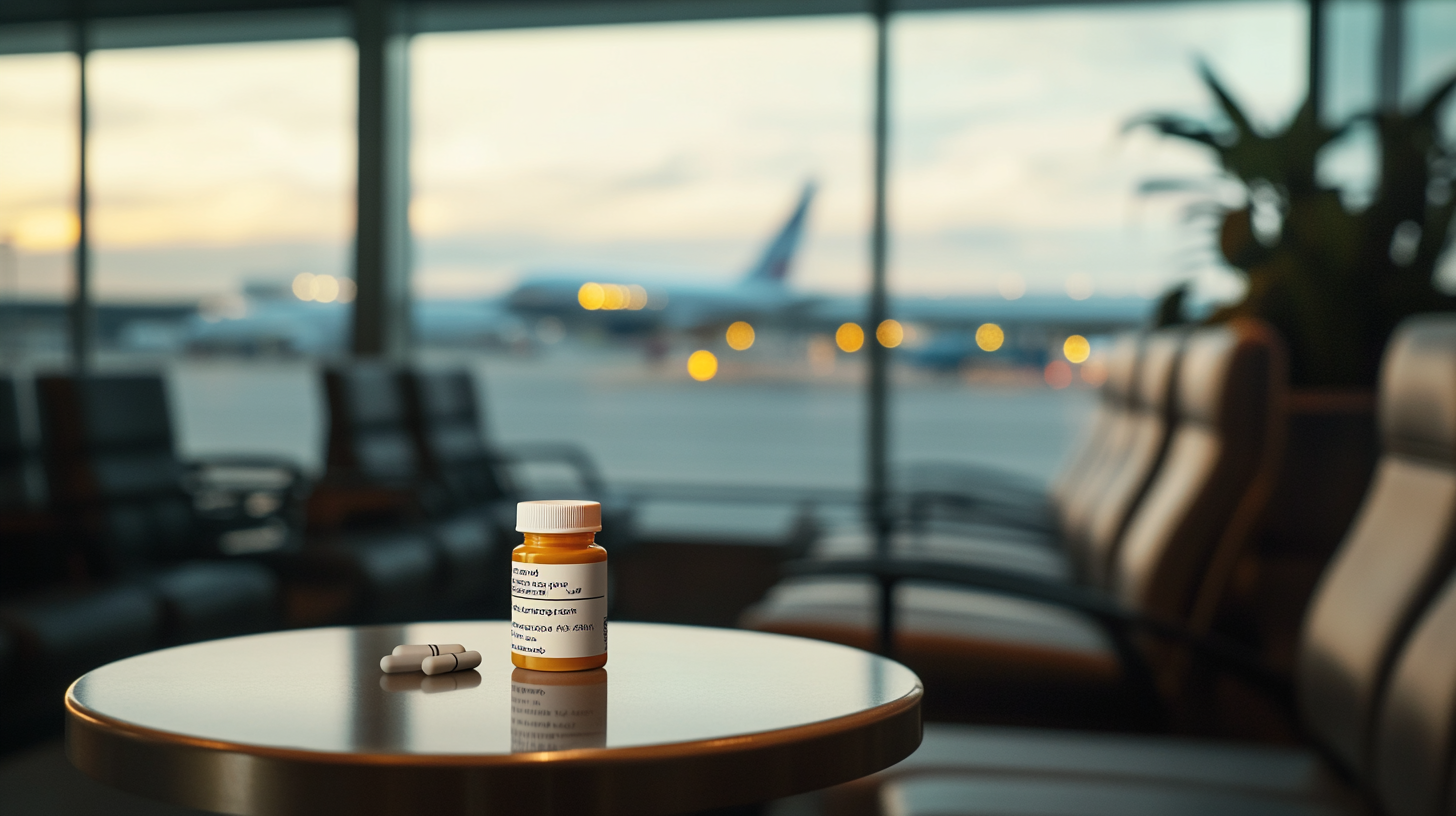
In some cases, healthcare providers may prescribe medication to manage symptoms, though this is often combined with therapy for the best outcomes. Medications such as anti-anxiety drugs or beta-blockers can reduce physical symptoms, but they are typically considered a short-term solution. It’s important to discuss potential side effects and develop a comprehensive treatment plan with a professional.
Dr. Martin N. Seif’s 8-Step Program
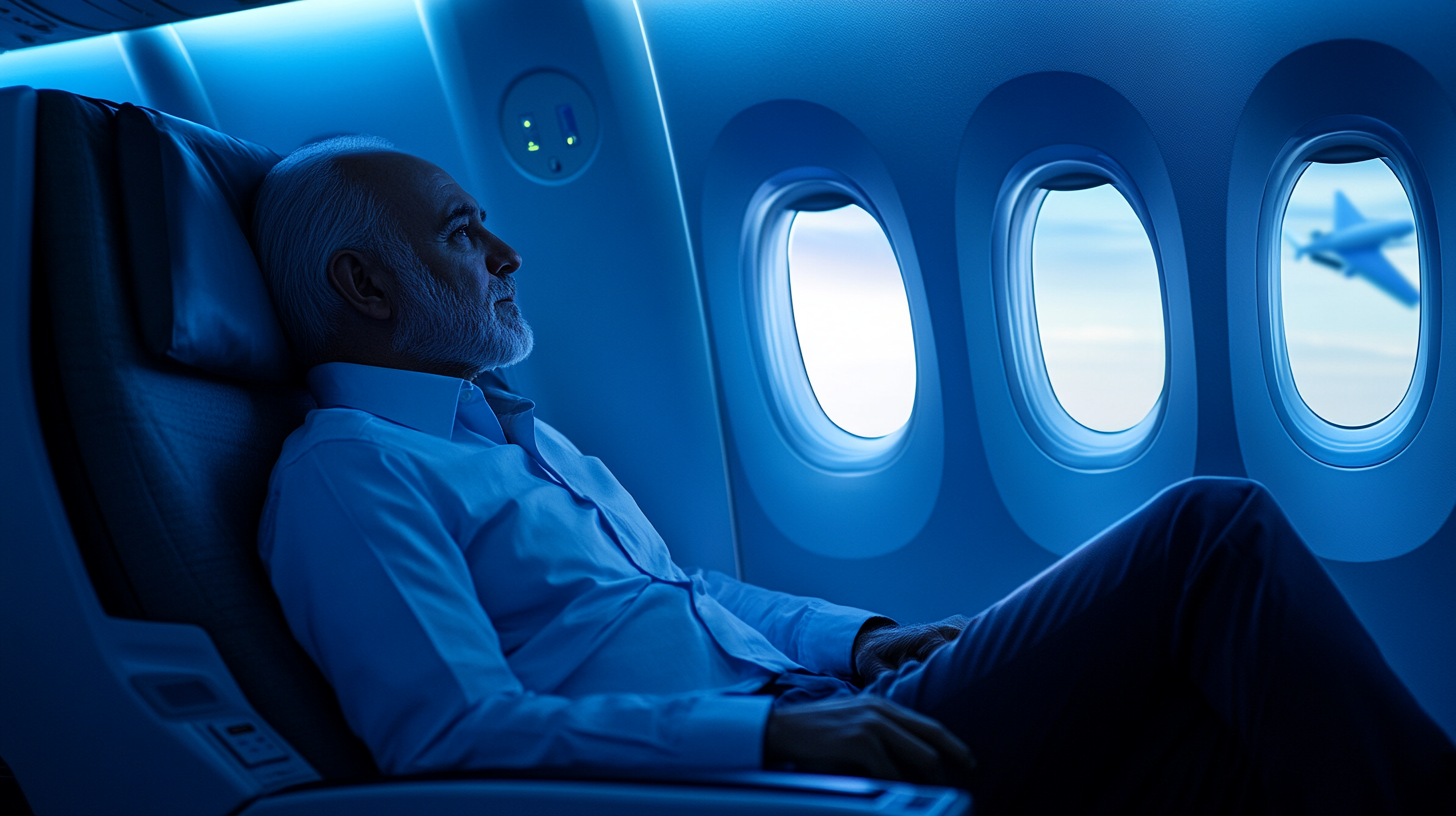
Dr. Seif’s Freedom to Fly Now Workshop outlines steps to manage fear of flying:
- Identify Triggers: Early recognition allows for timely anxiety management. Keeping a journal of thoughts and feelings can help pinpoint specific anxieties.
- Gain Knowledge: Understanding flight mechanics limits catastrophic thoughts. Educational resources can provide clarity on how planes operate. Detailed Guides on Airplane Mechanics for Passengers
- Recognize Anticipatory Anxiety: It’s often worse than the flight itself. Preparing relaxation strategies ahead of time can mitigate this.
- Distinguish Anxiety from Danger: Learn to separate feelings from actual risks. Rational assessment of the situation can reduce fear.
- Outmaneuver Anxiety: Don’t rely on gut feelings driven by fear. Implementing learned coping strategies can override instinctual reactions.
- Learn Airplane Safety: Knowledge eases coping with turbulence. Familiarize yourself with safety features and protocols. Inside Look at Airline Safety Measures
- Communicate: Express your needs to those around you. Open dialogue can foster support and understanding.
- Value Exposure: Use flights as opportunities to reduce sensitivity. Viewing each flight as progress can build confidence over time.
The Role of Airlines and Airports
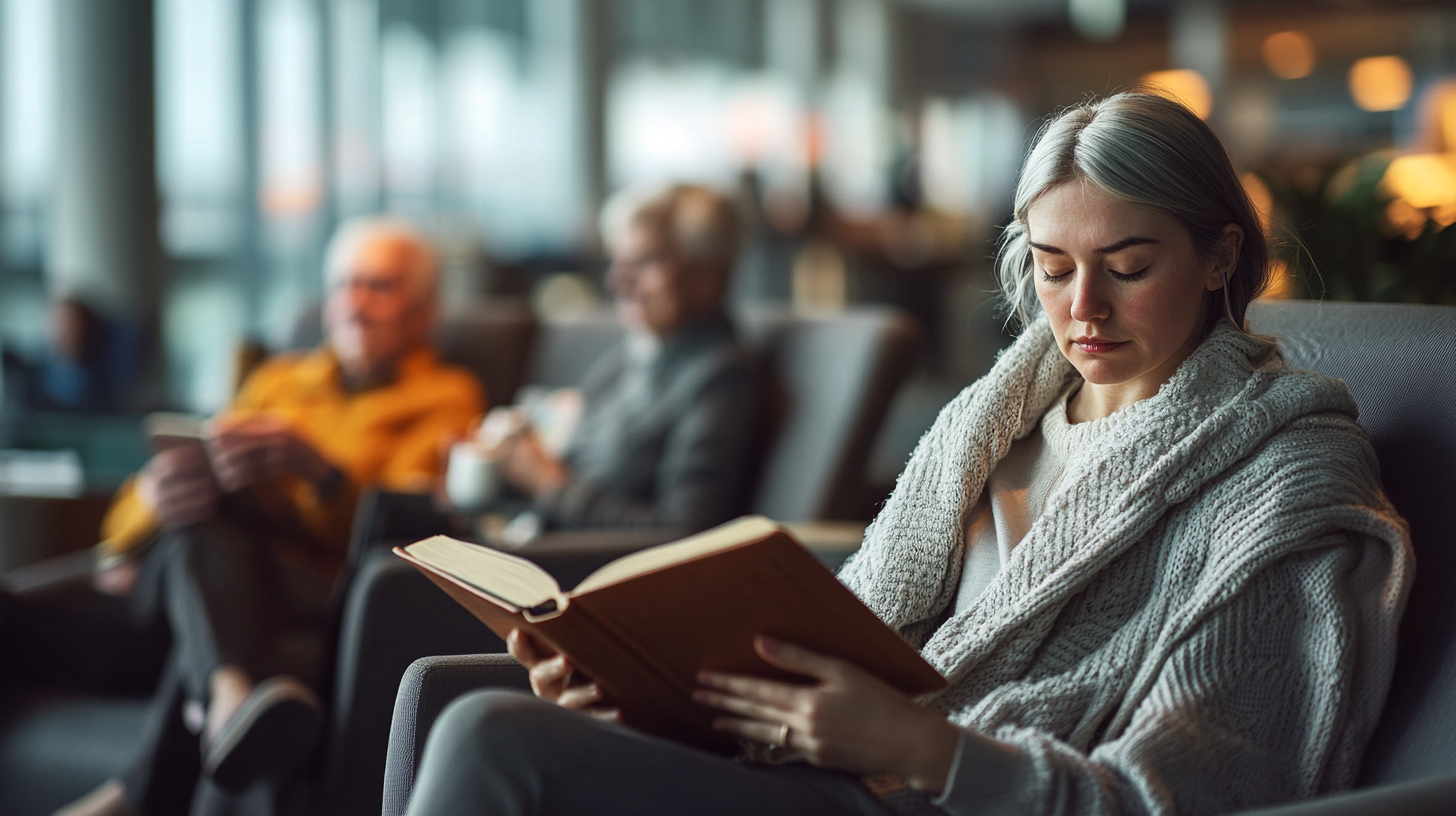
Airports often embody chaos, with inverted norms and heightened stress levels. The boarding process can reveal social hierarchies, as airlines stratify passengers based on spending. Long security lines, crowded terminals, and strict schedules contribute to a stressful environment. This system can exacerbate anxiety and stress, highlighting the need for airlines to consider the psychological impact of their procedures.
Airline Strategies to Alleviate Anxiety
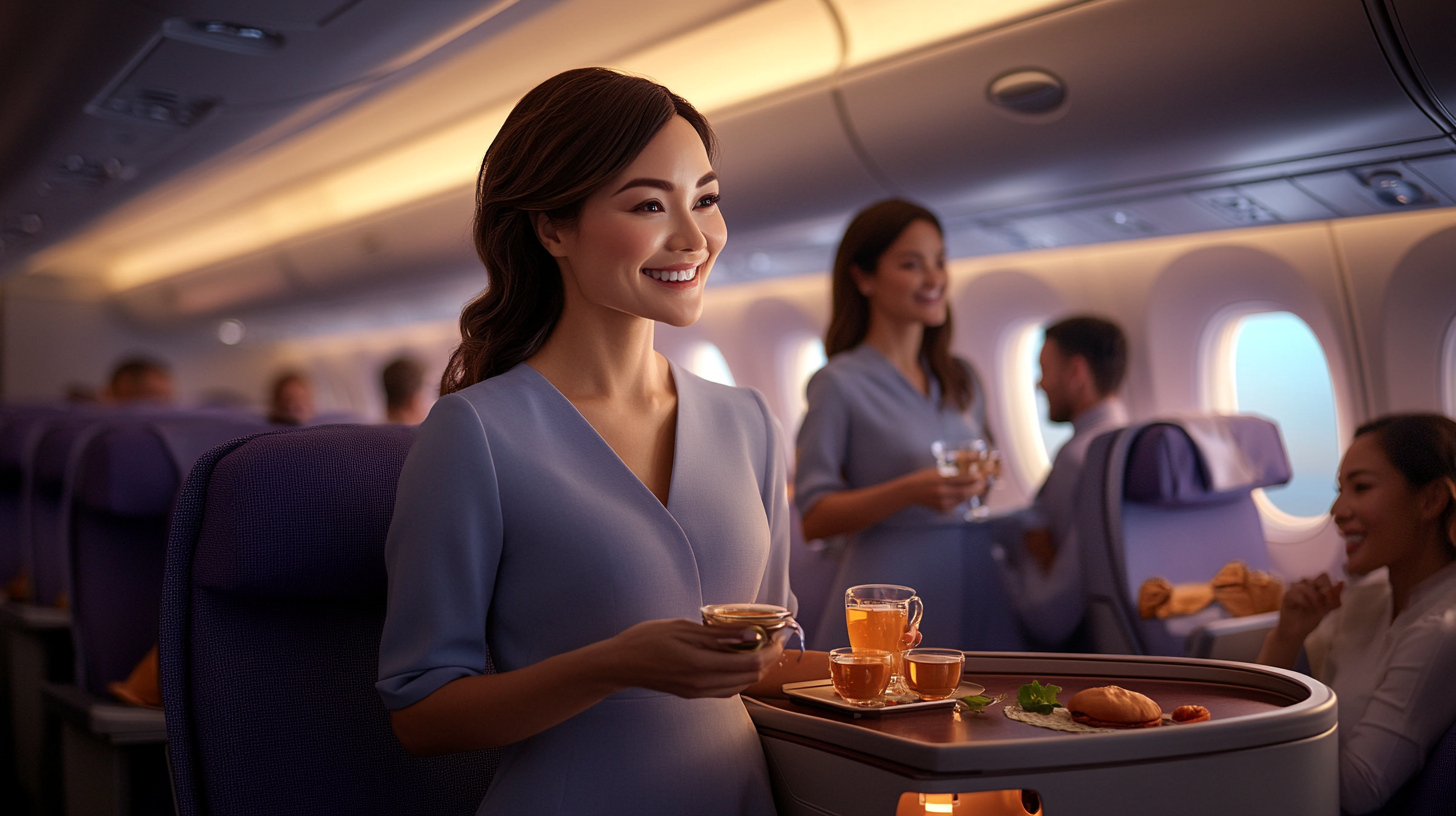
Some airlines are adopting technologies and programs to aid anxious travelers, such as offering meditation apps, dedicated relaxation spaces, or virtual reality experiences during flights. Training staff to recognize and assist passengers with flight anxiety can also make a significant difference. Airline Initiatives Focused on Passenger Well-being
By implementing passenger-friendly policies and providing supportive resources, airlines can create a more comforting atmosphere. Innovations such as real-time flight updates, transparent communication about delays, and smoother boarding procedures can reduce uncertainty and enhance the overall travel experience.
Personal Reflections and Stories
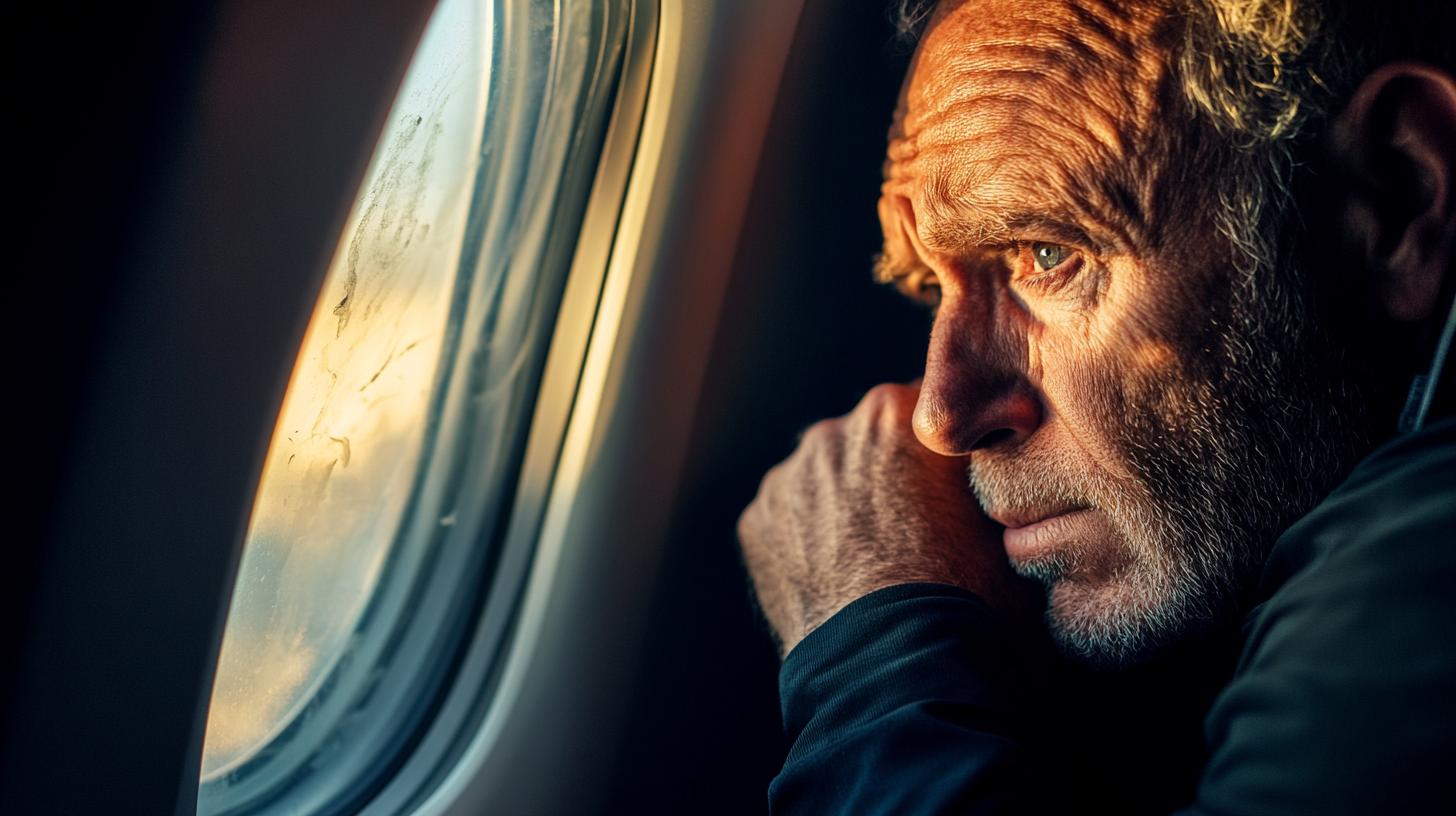
Accounts from individuals who experience intense flight anxiety provide valuable insights. One traveler described their heightened pre-trip worry and in-flight symptoms like headaches and sweats, despite a love for exploring new places. Through a combination of educating themselves about flight mechanics, practicing relaxation techniques, and gradually exposing themselves to flying, they managed to navigate their fear. This illustrates the importance of combining knowledge with practical coping strategies.
Another individual found solace in sharing their fears with fellow passengers, discovering that they were not alone in their feelings. This communal understanding alleviated some of the isolation often felt during anxiety. Stories of Overcoming Fear of Flying
Long-Term Strategies and Future Outlook

Combining various approaches, from self-help techniques to professional therapy, can lead to significant improvements over time. Continuous practice of coping strategies and celebrating each successful flight can build positive associations with air travel. Joining support groups or online forums can provide encouragement and share effective methods. Future technologies and airline initiatives hold promise for further advancements in supporting anxious travelers, such as personalized in-flight entertainment focused on relaxation or AI-driven tools that anticipate and address passenger needs.
Final Thoughts

Flight anxiety is a common and manageable condition. By understanding its psychological underpinnings and implementing effective coping strategies, individuals can transform their travel experiences. Whether through mindfulness practices, professional therapy, or supportive airline services, overcoming the fear of flying opens up a world of opportunities and adventures.
Remember, the journey is just as important as the destination. With the right tools and support, air travel can become a source of joy rather than anxiety. Embracing the skies can lead to new horizons, enriching life with experiences that were once beyond reach.
Follow us back to Seat 5A for more insights and support on your journey.



